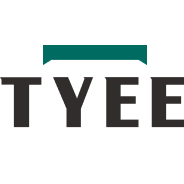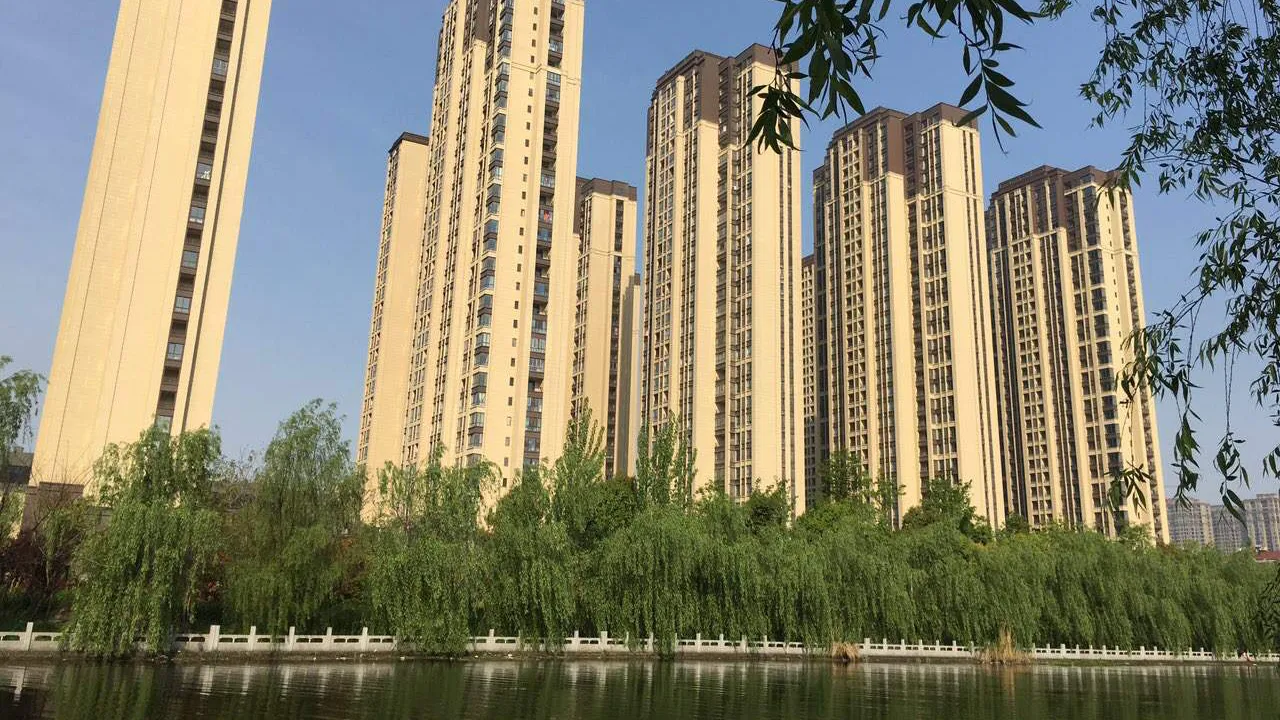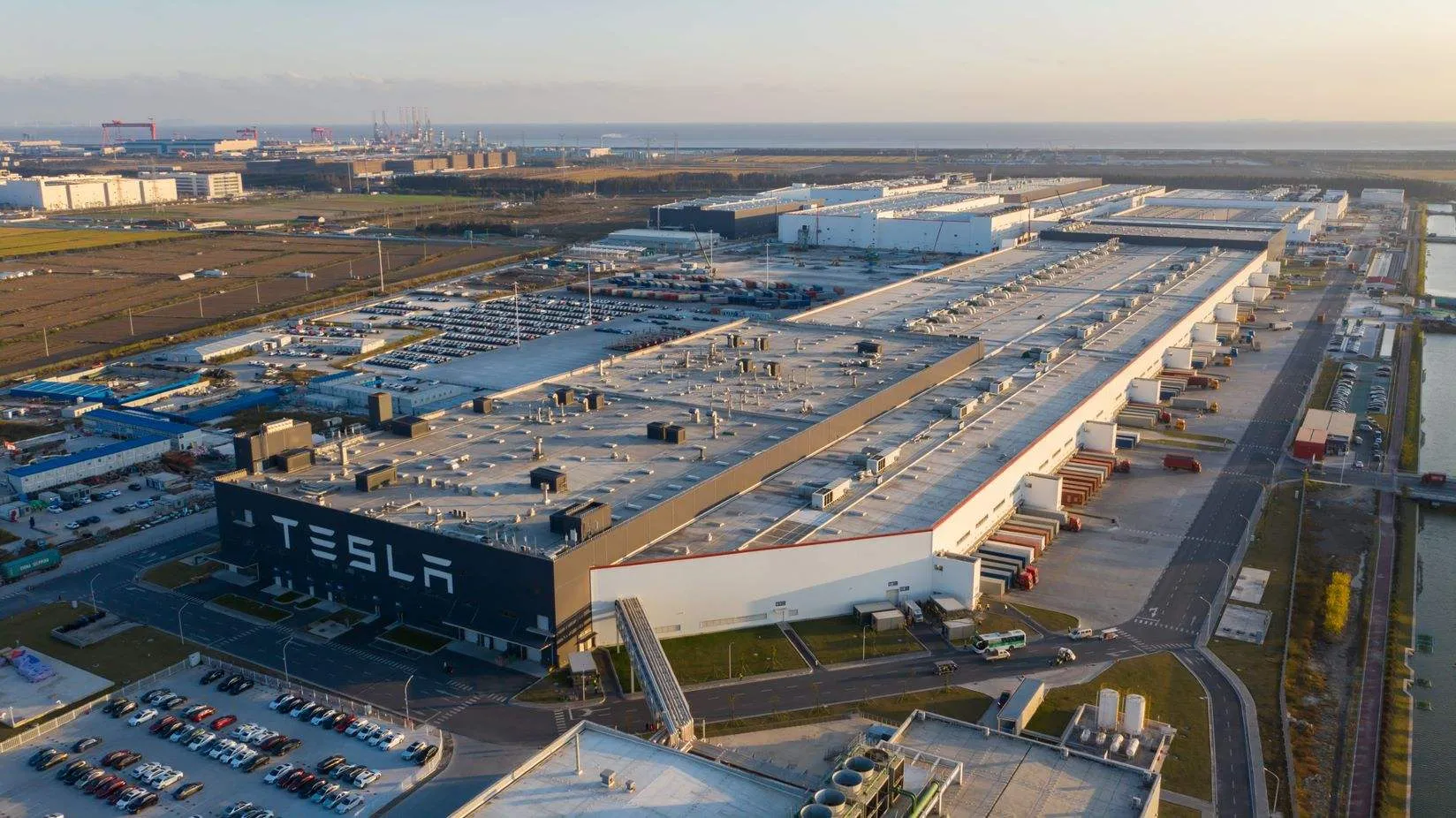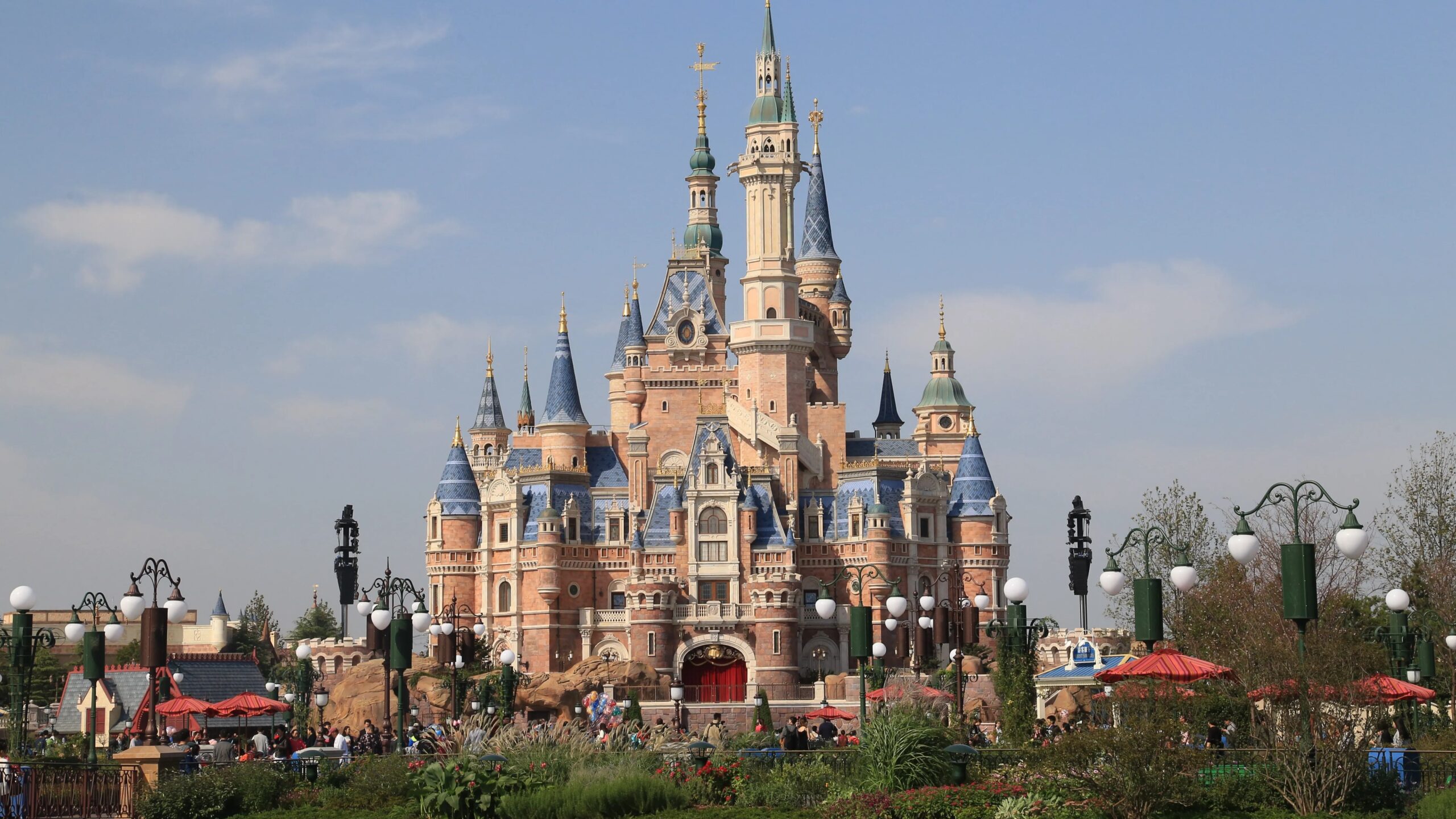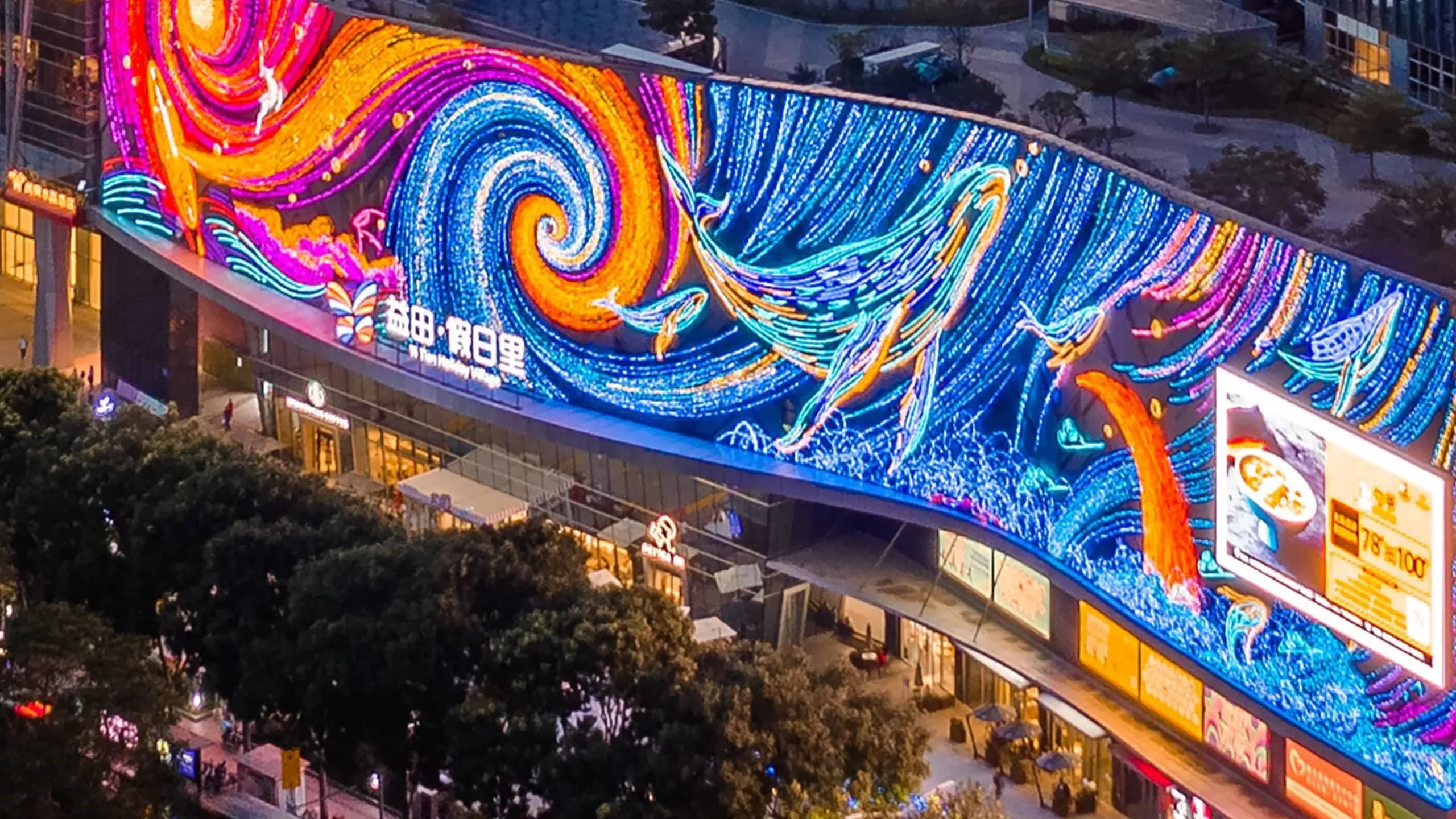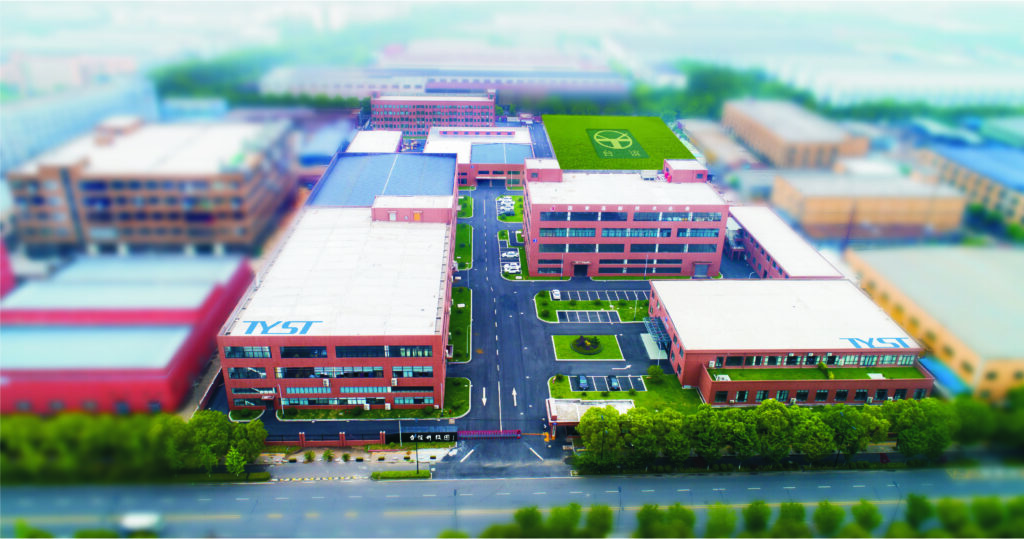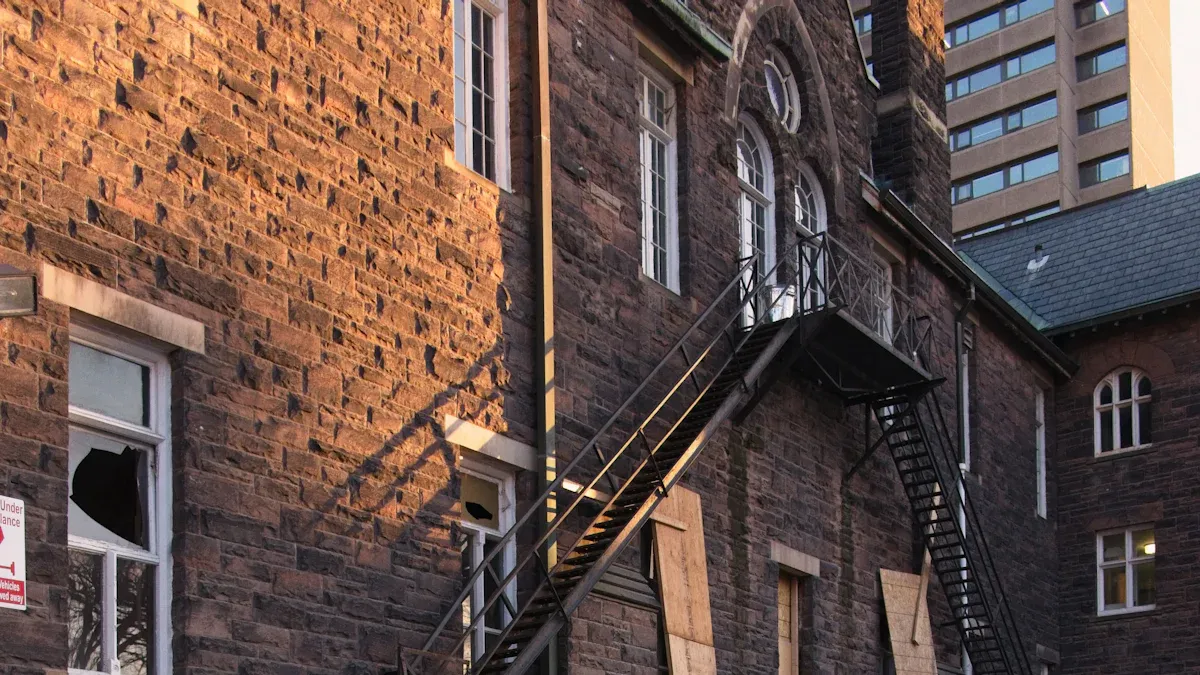
Relying on traditional fire systems in heritage buildings can expose you to significant dangers. Many sites dedicated to cultural heritage fire safety encounter issues such as antifreeze leaks, dry-pipe system failures, and nitrogen pump accidents. Maintaining these traditional fire systems is challenging, and routine upkeep is often neglected. The table below highlights common fire risks found in these culturally significant buildings:
Fire Risk Type | Description |
|---|---|
Antifreeze Solutions | Leaks and high pressure can cause water damage. |
Dry-Pipe Systems | Rust and freezing can trigger false alarms. |
Nitrogen Pumps | Gas release can create breathing hazards. |
Maintenance Issues | High costs and staff turnover can result in inadequate care. |
To ensure cultural heritage fire safety and preserve the history of these treasured sites, it’s essential to address these risks. tyee offers easy, non-invasive upgrades that enhance protection without compromising the integrity of your heritage buildings, helping you safeguard your most important sites.
Key Takeaways
Check your fire systems to find weak spots. Look for things like leaks and old technology. These can put your heritage building at risk.
Add new, gentle fire safety solutions. Use wireless technology to improve systems. This will not harm the building’s old features.
Make a special fire safety plan. Teach your staff what to do in emergencies. Do fire risk checks often to keep everyone safe.
Take care of fire safety systems often. Plan inspections and keep equipment working well. This helps stop problems before they start.
Work with fire safety experts. Their help can give you good ideas. This protects people and your building’s history.
Assessing Traditional Fire Systems
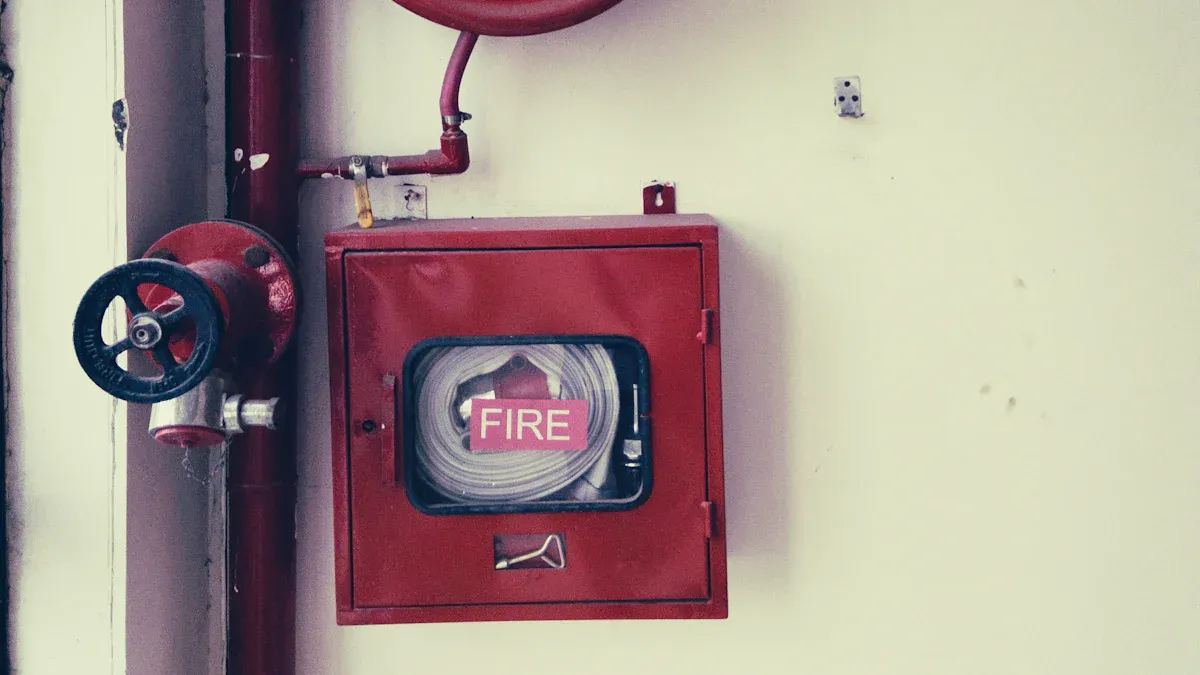
Identifying Vulnerabilities in Heritage Buildings
It is important to look for risks in heritage buildings. Many old fire systems do not fit these special places. The way historic buildings are built can make fires spread fast. Stone walls look strong, but fire can hurt them. The Notre Dame Cathedral fire showed how wood and stone together can be dangerous. When wood burns near stone, heat can crack and break the stone.
You should also check the finishes, linings, and things inside. Some decorations and artifacts catch fire easily. The table below lists common risks you might see:
Vulnerability Type | Description |
|---|---|
Finishes and Linings (FVI3) | Decorations can burn quickly and help fire spread. |
Fire Load Density (FVI1) | Old furniture and artifacts add to fire risk. |
Smoke Control Systems | Bad smoke control can harm objects and make escape hard. |
To keep your site safe, you must know these risks before you make changes.
Prioritizing Cultural Heritage Fire Safety Needs
You should set clear goals for fire safety in heritage buildings. First, check if your detection and suppression systems work well. Look at how rooms are split and what materials are used. Make sure exits are easy to find and use. Think about which items or areas are most at risk. You also need to think about how smoke and water from firefighting could hurt the building or its things. Try to keep the building safe and still look historic.
Here are some steps you can follow:
Check if detection and suppression systems work.
Review how rooms are split and what materials are inside.
Make sure exits and escape routes are clear.
Find out which things are most at risk.
Think about how fire and firefighting could cause damage.
Use many ways to balance safety and keeping history.
You can do regular fire risk checks and make a fire plan. Try to get staff, visitors, and the community to help with fire safety. Use new but hidden technologies, like concealed sprinklers, to protect the site. tyee has lots of experience with fire safety checks for cultural sites. Their team can help you find the best ways to protect your building.
Integrating Modern Solutions for Cultural Heritage Fire Safety
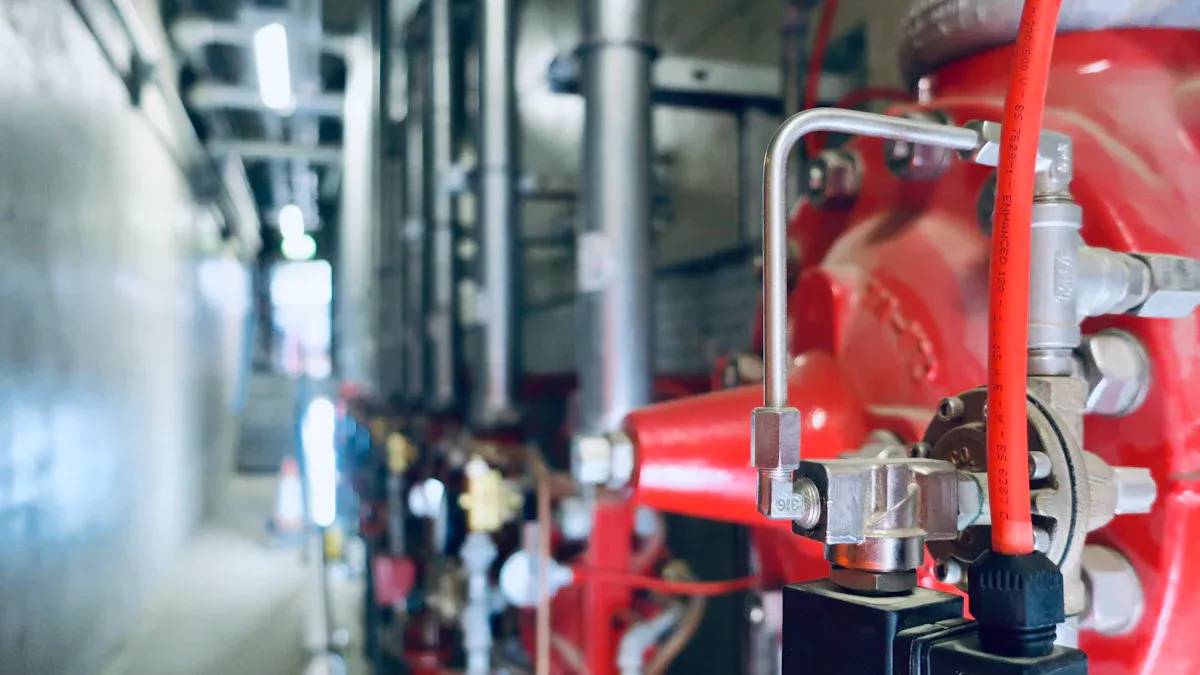
When you upgrade fire protection in heritage buildings, you must keep people and history safe. Tyee’s modern solutions help you use better fire systems. These new systems do not change how the building looks. You can pick technology that follows cultural heritage fire safety rules. This way, you do not damage old parts of the building.
Non-Invasive Emergency and Evacuation System
Tyee’s emergency lighting and evacuation indication system is a safe choice. It is non-invasive and easy to use. This system uses wireless and smart technology. You do not need to put wires in old walls or ceilings. The building keeps its special look. You do not hurt important materials. The system gives you smart sensors that find fires early and cut down on false alarms. It has signs that show new exit paths if a fire moves. The emergency lights help people see and leave safely, even if it is dark or smoky.
Smart sensors find fires fast and stop false alarms.
Exit signs change direction when fire data changes.
Emergency lights help people leave in smoke or darkness.
Tip: At the Hangzhou Olympic Sports Expo City Sports Center, Tyee’s smart signs and lights helped thousands of people find exits quickly during practice drills.
Non-addressable Fire Alarm Controller and System Upgrade
You can use the Tyee Fire Alarm Controller and Non-addressable Fire Alarm System for better safety. These systems are simple to put in and do not need big changes. They work well in heritage buildings. Here is how they help you:
Advantage | Description |
|---|---|
Cost-effectiveness | You spend less on repairs and insurance over time. |
Enhanced safety | You follow safety rules and protect people and artifacts. |
Advanced tech | Smart sensors know real fires from false alarms and send alerts fast. |
You get early fire warnings, quick help in emergencies, and easy links to building management systems.
Preserving Historical Value During System Upgrades
You want to keep the building’s history safe while making it secure. tyee’s wireless systems mean you do not have to drill or run cables that could hurt old walls or decorations. You can use hidden pipes, small sensors, and alarms that match the decor. This way, you protect both the building and the people inside. Experts use this method at places like the Old Royal Naval College and Traquair House. Wireless systems there keep history and people safe together.
Note: The hardest part is keeping fire safety strong while not changing how the building looks. tyee’s solutions help you do both.
Customized Fire Safety Planning for Heritage Buildings
Staff Training and Emergency Procedures
You need a fire safety plan that matches your building. Training your staff is very important. Trained staff can help people and protect artifacts. You should use different training programs to get your team ready:
Emergency Response Training teaches staff what to do fast.
Civil Protection Emergency Training helps with bigger emergencies.
Crisis Management and Resilience Training builds strong skills.
Virtual Reality (VR) Training lets staff practice real situations.
You also need clear emergency steps. Follow these tips to keep everyone safe:
Pick a leader to guide your team in emergencies.
Tell staff, check for damage, and write down what you see.
Choose a command center before anything happens.
Keep the recovery area safe and limit who can enter.
Decide what to save or throw away based on what matters most.
Get an emergency supply kit ready.
Watch temperature and humidity during recovery.
Pick someone to answer questions from the public.
Tip: Practice these steps with your team so everyone stays calm and knows what to do if there is an emergency.
Ongoing Maintenance with Tyee Support
You must keep fire safety systems working well. Regular checks help you find problems early. Put fire extinguishers in smart places and teach staff how to use them. Make sure emergency lights and signs are easy to see and look good in the building.
Put fire extinguishers where staff can get them quickly.
Use clear emergency lights and signs that fit the building.
Tyee helps you at every step. Clients say tyee helps even after the project is done. You get help from start to finish. Tyee helps you make hard choices and manages the work. They keep in touch and answer your questions.
Maintenance Task | How Tyee Helps |
|---|---|
System Inspections | Support and reminders |
Staff Training | Help and resources |
Emergency Planning | Expert advice and clear answers |
Note: With Tyee’s help, you can keep your heritage building safe and protect everyone year after year.
Upgrading fire systems in heritage buildings has three main steps. First, you need to check the old system. Next, you add new technology. Last, you make a plan that fits your building. These steps help keep people safe. They also stop fires from causing big damage. You save money over time because repairs cost less.
Benefit | Description |
|---|---|
Enhanced Safety | Modern systems find fires early and lower risks. |
Reduced Property Damage | Fires stay small, so you lose less. |
Compliance with Regulations | You follow fire rules and avoid fines. |
Good systems mean you spend less on upkeep. |
Now, work with fire safety experts to protect your building. Your actions will help keep people safe and ensure that valuable historical heritage endures.
FAQ
What makes Tyee fire safety systems suitable for heritage buildings?
You can use tyee systems because they use wireless technology. You do not need to drill holes or harm old walls. The design helps keep your building’s history safe. You also get modern fire protection.
How often should you check fire safety equipment in a heritage building?
You should check fire safety equipment every six months. Regular checks help you find problems early. This keeps your building and visitors safe.
Can you upgrade fire systems without changing the building’s appearance?
Yes, you can upgrade fire systems and keep the same look. tyee has hidden sensors and alarms. These fit in with your building’s style. You keep the original look and make it safer.
What support does Tyee provide after installation?
tyee gives you help after installation. You get support for inspections, staff training, and emergency planning. The team answers questions and helps keep your system working well.

